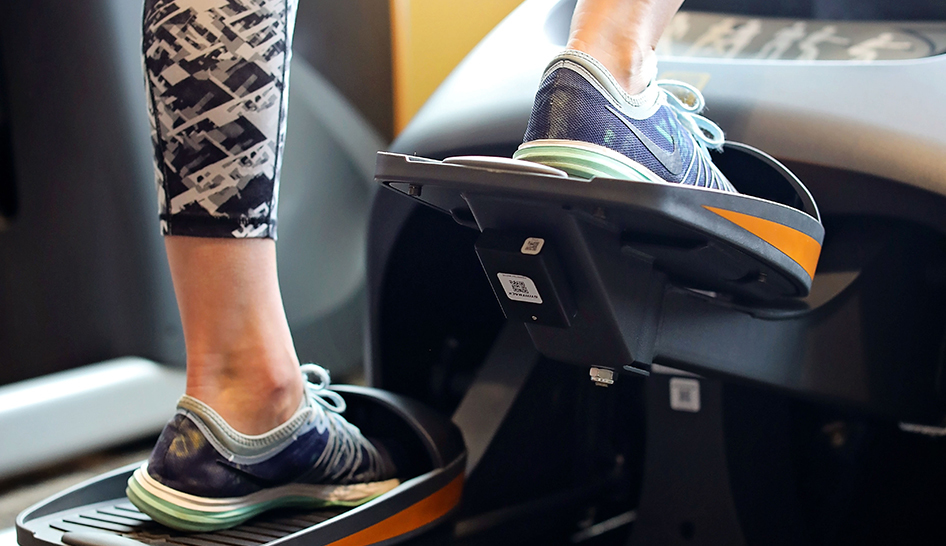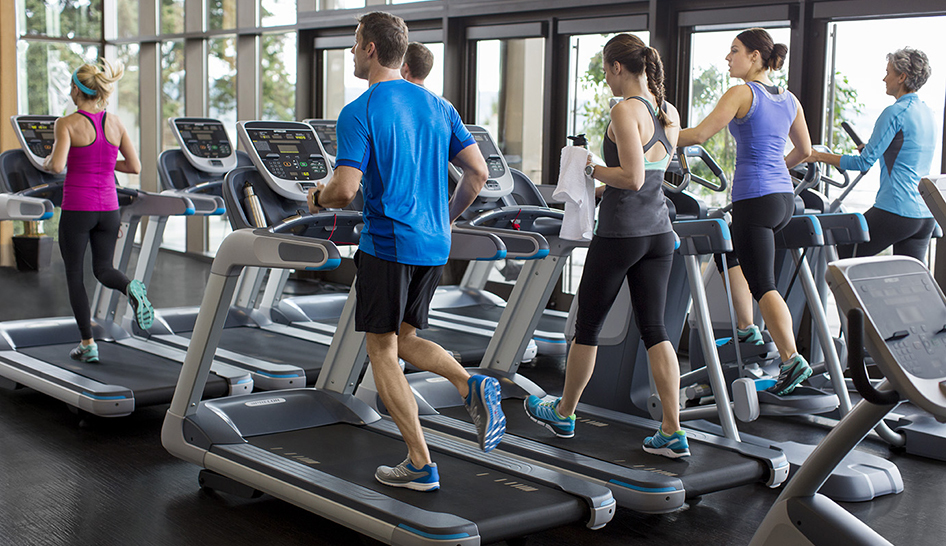Mike Feeney, the executive vice president at New Evolution Ventures (NeV), a Lafayette, CA–based private equity firm, has always been ahead of the curve. When, in 1989, he was brought on at 24 Hour Fitness—the chain whose sale in 2005 eventually led to the creation of NeV—it was with the specific edict of improving equipment maintenance.
“At that point, equipment manuals didn’t tell you very much—check cables, lube guide rods, etc.—so we developed our own weekly and monthly preventive maintenance schedules,” he explains. “When I started, for example, our company didn’t even have treadmills. … So, when treadmills came out, we started to incorporate the things that we discovered had to be done into our own manuals. For instance, how often you needed to clean between the belt and the deck, vacuum out the inside of the motor’s compartments, vacuum underneath the treadmill, etc.
“We went into great detail.”
About three years ago, NeV, whose club-brand portfolio now includes Crunch, CR7Crunch, UFC Gym, A-Rod Energy Fitness, and One Life Fitness, began testing the value of predictive analytics with respect to sensor-connected equipment. Its goal: automating equipment maintenance.
Currently, beta testing is taking place in some 14 clubs and involves more than 2,000 pieces of equipment.
Feeney reports that it already has delivered a number of benefits, including better preventive maintenance and, perhaps most importantly, an improvement that’s member-facing.
“Equipment downtime is what matters most for every member—it’s frustrating for them,” he says. “With our connected machines, we get a warning if a piece of equipment hasn’t been used in 24 to 30 hours—you can designate those parameters. When we get that warning, we immediately send out a tech to check on the unit and let us know if something’s wrong. We can then work quickly to get it back online.”
Although clubs would like to rely on members to alert them when equipment isn’t working, they frequently don’t, says Feeney. “They don’t have time. They’ll just hop on another treadmill, bike, or elliptical, so automatic warnings are crucial to maintaining uptime.”


